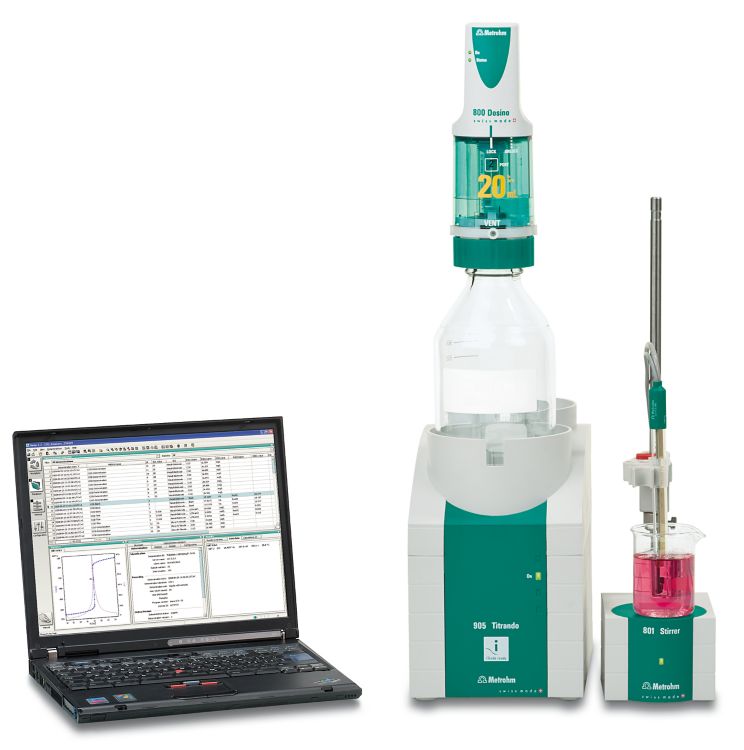Due to its price and wide availability, the anionic surfactant sodium lauryl sulfate (SLS; SDS) can be found in many detergents as an active ingredient e.g., in cleaning or cosmetic products.
SLS is mainly added to these products to act as an emulsifier or as a fat solvent. The fact that it dissolves fats very well may lead to dry skin and hair, and thus to skin irritation. To avoid this, regulations in many countries have restricted its concentration in readyto-use products to a range between 0.05–2.5% SLS.
To control the concentration of SLS in different products, a titration is carried out with TEGO® trant A100. This cationic surfactant was designed especially for the titration of anionic surfactants, and precipitates uniformly with them.
The turbidimetric titration monitors the degree of turbidity using the Optrode. The evaluation is done automatically by means of a software, leading to reliable and reproducible results.
The analysis is demonstrated on hand soap containing SLS. No sample preparation is required.

The analysis is carried out fully automatically on a Titrando system consisting of a 905 Titrando and an Optrode (Figure 1).
The sample is transferred into a sample beaker and buffer (pH = 3) is added. The obtained solution is filled up with deionized water to a total volume of approximately 60 mL and titrated with standardized TEGO® trant A100 until after the second break point.
Reproducible titration curves (see Figure 2) are obtained for all analyses. For calculation purposes, the second break point was used because this point correlates to the stage in titration where no more precipitation is formed.
With the automated analysis described here, a SLS content of 26.7 mmol/100 g (SD(rel) = 1.2%, n = 3) is obtained for the tested hand soap.
The described system has the capability to objectively determine the change in turbidity. This leads to more precise and more reproducible results compared to manual titration. With its glass shaft, the Optrode is insensitive to solvents and can also be used at different wavelengths for other applications.
Internal reference: AW TI CH1-1248-082018
 Share via email
Share via email
 Download PDF
Download PDF